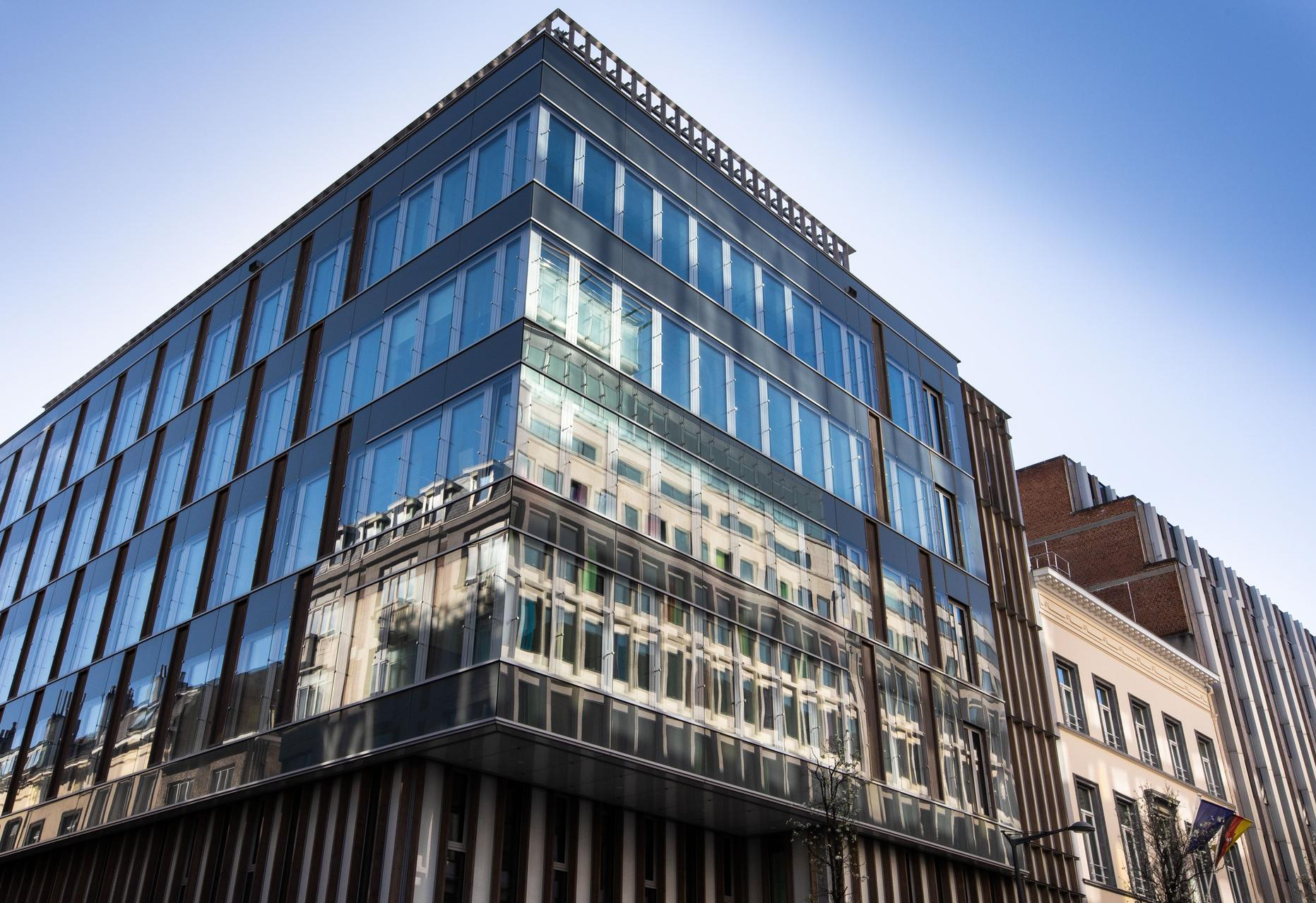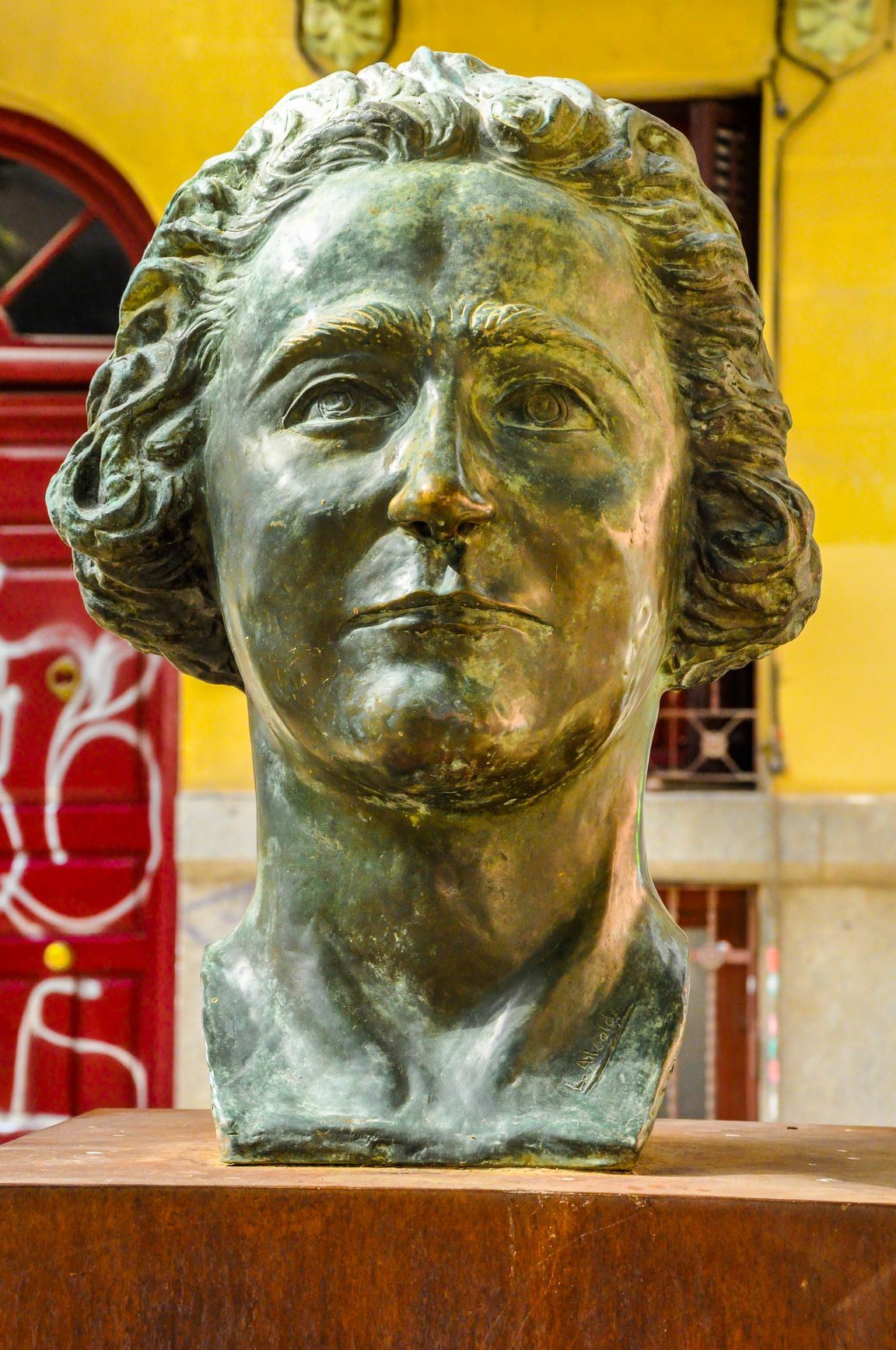 EP buildings in Brussels - General views - Campoamor building © European Union 2021 – European Parliament
EP buildings in Brussels - General views - Campoamor building © European Union 2021 – European Parliament
Clara Campoamor, a life spent fighting for women’s rights
DG PERS’s building has been renamed for the Spanish activist renowned for her commitment to gender equality.
“Believe me, the 20th century will be the century of female emancipation!”
These were the words of the activist Clara Campoamor in her still famous speech before the Chamber of Deputies of Spain’s Second Republic in October 1931. After her speech came the vote that passed the articles giving women the right to vote into law and into the new Spanish Constitution.
Born in 1888 in Madrid into a family from a modest background, Clara Campoamor made gender equality the political cause for which she fought all her life. Her father’s untimely death when she was just 10 years old left the family destitute. She had to leave school and find work, first as a dressmaker then as a salesperson, to help her mother and her brother. She also worked on several newspapers before finally starting a job as a typist with the government.
When she was 32, Clara Campoamor made a life-changing decision: she went back to school to get her school-leaving certificate and then started studying law at university. She soon became one of the very few women in Spain who held a law degree in law at the time. She started work as a lawyer and before long was focusing on championing women’s rights.
 A bust of Clara Campoamor in Madrid created for the 75th anniversary of women's right to vote in Spain @ stock.adobe.com
A bust of Clara Campoamor in Madrid created for the 75th anniversary of women's right to vote in Spain @ stock.adobe.com
Hostile to the policies put in place by General Primo de Rivera’s authoritarian regime, she had at the same time become a strong believer in republican and anti-monarchist ideals. She became known to the public as a suffragette. Having decided to enter politics, she first joined the Republican Action Party, then the Radical Party, through which she became a member of parliament in June 1931.
She was the only woman on the Constitutional Commission, but this did not hold her back and she fought on all fronts to get acceptance for the reforms that would bring the emancipation of women into law. Her battles went beyond obtaining universal suffrage; she also focused on issues such as matrimonial law, the abolition of the death penalty, a ban on child labour and combating prostitution.
When she lost her seat in the 1933 legislative elections, Clara Campoamor became for a while Director of Public Welfare in Madrid. Two months after the start of Spain’s civil war she fled into exile in Switzerland and Argentina, where she published true-life stories and articles, most of them on the subject of feminism. An opponent of the Franco regime, she only set foot in Spain again twice, and that very briefly, in 1947 and 1951. She died in 1972 in Lausanne, where she had started a new life thanks to her friend Antoinette Quinche, a Swiss women’s rights lawyer and activist. Her body now lies in the Polloe Cemetery in San Sebastián.
Through her political battles and a life spent standing up against a patriarchal system, Clara Campoamor symbolises wholehearted commitment to gender equality and democracy. The introduction of female suffrage in Spain in 1931 remains her greatest victory. To achieve this, she did not hesitate – even where this harmed her career – to refuse all honours that were contrary to her ideals of social justice and to tread the path to lifelong exile.
 EP buildings in Brussels - General views - Campoamor building © European Union 2021 – European Parliament
EP buildings in Brussels - General views - Campoamor building © European Union 2021 – European Parliament